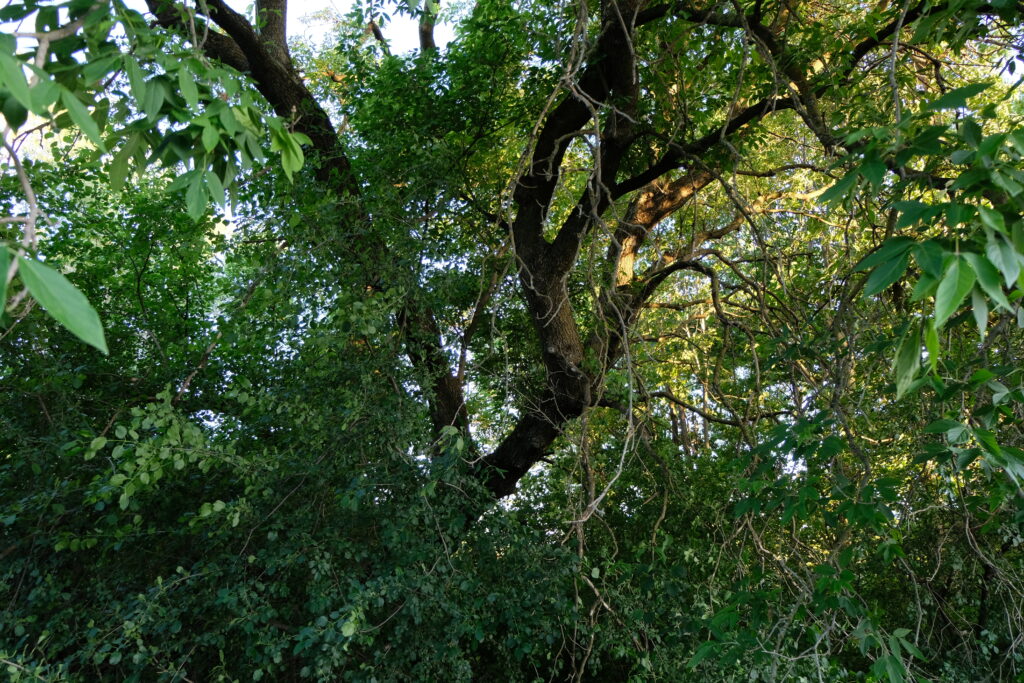
Industry News
News
Ontario’s Black Ash Recovery Strategy put on pause, economic impacts considered
March 28, 2023 By Elisa Nguyen, Local Journalism Initiative Reporter
 Black Ash tree. Adobe Stock photo.
Black Ash tree. Adobe Stock photo. The government is currently considering all input to determine the best way to balance the recovery and protection of Black Ash, said Gary Wheeler from the Ministry of Environment, Conservation and Parks (MECP).
Black Ash was classified as endangered in Ontario by The Committee on the Status of Species at Risk in Ontario (COSSARO), he said, adding that the projected decline in the total number of trees is greater than 70 per cent over the next 100 years.
Decisions will be made before the end of January 2024, when the two year temporary pause of protections is scheduled to conclude.
Although the Endangered Species Act, 2007 (ESA) allows for temporarily pausing protections for a species for up to three years, the Ministry chose to pause protections for only a two-year period.
By law, a strategy must be put in place, and can employ a wide range of tools to preserve an endangered tree, from seed banks and replanting in identified ideal habitats, to insecticides aimed at controlling insect species, to full protection of habitats where one or more trees are found, which could potentially place areas of northern Ontario off limits to forestry activities.
“The Ministry carefully considered and analyzed information received from Indigenous peoples, stakeholders, other ministries and the public as part of its decision,” Wheeler said.
He added that the government will reach out to relevant stakeholders and will provide public notice of any proposed policy and regulatory approaches to address Black Ash and provide the public time to comment prior to making any associated decisions.
In the upcoming months, MECP will continue to take into account the social and economic realities of life in Northern Ontario, Wheeler said.
“That is why we temporarily suspended protections for Black Ash for a period of two years from the time the species was added to the Species at Risk in Ontario List.”
“We recognize that protecting Black Ash trees, which are currently found throughout Ontario, could have economic impacts on forestry, development, infrastructure, and agriculture industries as this tree species is broadly distributed and may not be easily avoided when undertaking these activities.”
Tanner Kaemingh, general manager at Manitou Forest Products, agreed that protections were needed to protect the endangered Black Ash species but also expressed concern regarding the economic challenges that the proposal could bring to local sawmills and logging operations.
“Bush operations already face enough barriers and challenges. And this proposal [could] make things significantly harder for them,” he said, adding that things could become significantly less efficient.
“It would cause some wood supply constraints to all surrounding mills. And a lot of the mills directly and also indirectly employ a lot of people in the district. So we just one main thing we’d like to bring to light, it’d be nice to look at the economic impacts of the current proposal and what it would be bringing.”
Manitou Forest Products is predominantly a lumber mill and buys a lot of logs from local contractors, Kaemingh said.
“Where we get a little nervous is if there’s no one to cut logs, then sawmills aren’t going to be able to get logs.”
In the district, the four main sawmills include Manitou Forest Products, Nickel Lake Lumber, West Fraser Timber Co. and Resolute Forest Products who pay to manage the forest.
Manitou and Nickel Lake are the smaller mills, Kaemingh said, adding that West Fraser and Resolute take the majority of the wood basket and that they all “add up to one giant piece of pie,” working together to manage the forest rather than as competitors.
As a rough estimate, around 75 per cent of the wood goes to Resolute, 20 per cent to West Fraser, and five per cent to Nickel Lake and Manitou mills, Kaemingh said.
The policy’s impact on the mills would hinder bush operations from their ability to cut logs efficiently and effectively, thereby causing a potential increase in the cost of logs to offset operation costs.
Kaemingh clarified that the potential impact is only theoretical until the final protection policy is put in place.
Kaemingh added he hopes that the government will announce a gentler solution on how to help the Black Ash trees rather than a blanket policy.
“I know our geographical area gets lumped into one giant area,” he said. “But it would be worth sectioning off our forest up here to see where they need to concentrate more on which trees to save and which blocks to do.”
“We do have a vast forest here so blanket policy doesn’t work well, because we can still maintain a good healthy amount of Ash trees without slowing down cutting in different areas. So I don’t believe a blanket policy is needed for our whole area, something is still needed, but maybe not as extreme,” he said.
“I don’t really want to make the argument saying we can’t do it because it’s going to cost too much. What we’re hoping is they’re going to relook at it, where if we can find a more accurate strategy to take everything into effect,” he said.
Elisa Nguyen is a Local Journalism Initiative reporter for Fort Frances Times.
Print this page